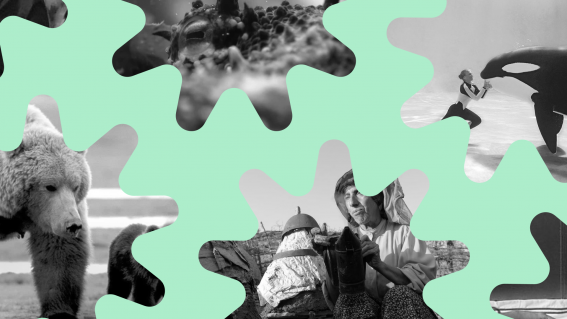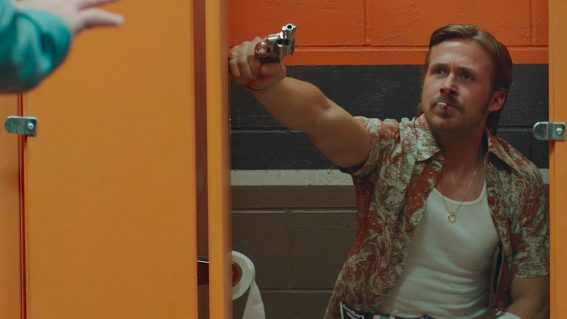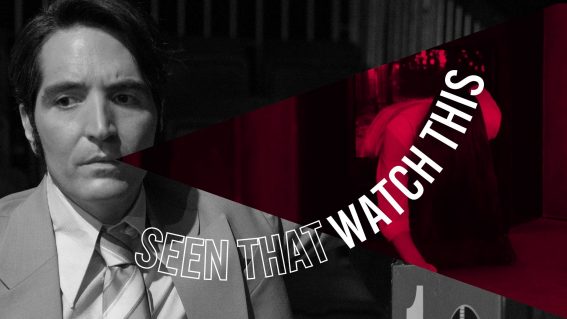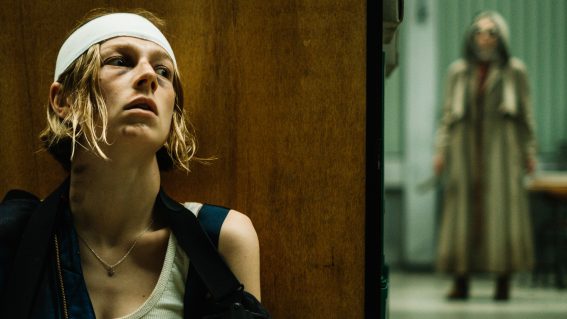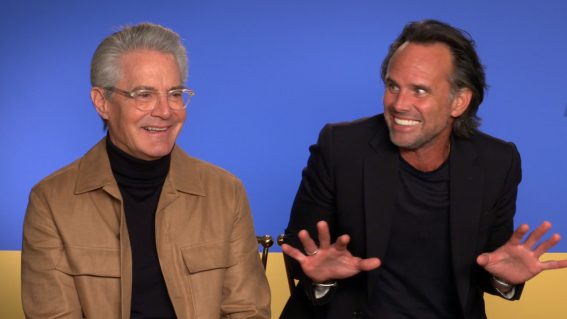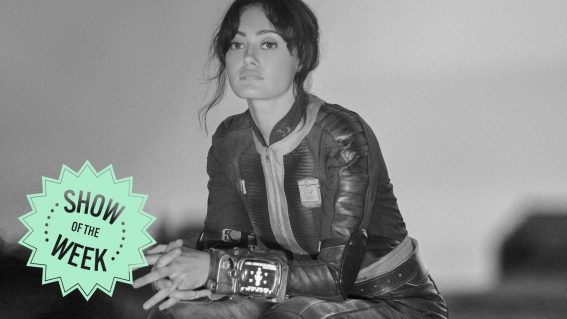Director Daniel Borgman on ‘Loving Pia’, Taking Risks, & NZ Filmmaking
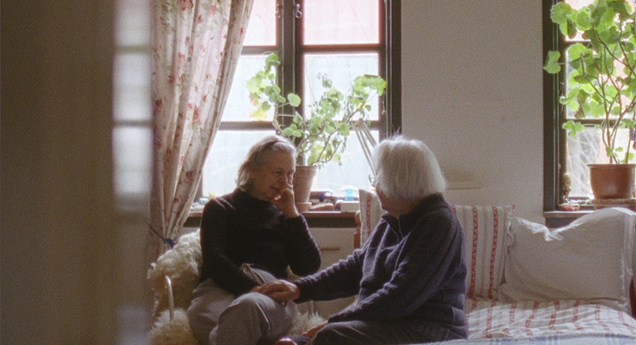
Having recently played at the New Zealand International Film Festival, Loving Pia is the second feature by New Zealand-born filmmaker Daniel Borgman (The Weight of Elephants).
The film follows real-life character Pia, who plays herself in a fact-and-fiction blended story. As a 60-year-old mentally disabled woman, Pia is put in a predicament when her 84-year-old mother warns her that she will die one day, leaving no one to care for her in their family home. Pia’s solution: find a man, discover romance, and get married.
We talked to Borgman about the construction of this unique film, the risks involved with making daring films, and the state of New Zealand films over the past few years.
FLICKS: I read in the program that they described it as merging fact with fiction. Was everything in the film re-enacted?
DANIEL BORGMAN: The film is 100 minutes long and I think 15 minutes of it is pure documentary: the beginning, the end, and two spots in the middle. The rest of the film is improvised, so it’s not re-enactments as such. It’s improvisation inspired by things I’d noticed along the way, things that I talked about with different people along the way, and things that Pia and Jen suggested.
This is clearly heavily her story. How did you communicate with her about the way the story should have been told? How much creative control did she have in the making of this film, would you say?
The thing about Pia is that if you go to her looking for the kind of communication that you expect in your everyday life as an abled person, you will be confused and disappointed.
We made the film over two and a half years. It was a long process of figuring out how to extract meaning from her, if you know what I mean. She was involved as much as she wanted to be involved and sometimes she was involved perhaps implicitly or intuitively, or somewhere between her and I there was a space where some knowledge was spinning around.
Also, her mother and her brother and her care-workers and different people were involved along the way.
But the genesis of the story comes from things that she told me, which isn’t the same as her being involved and dictating what the story would be, but they came out of her.
For instance, she has had a man that she thought she was in love with and going to marry and she does think when her mother dies she will disappear in a way, sometimes, not all of the time but some of the time, and she does long for some kind of idealised heteronormative life in a way.

How did you first come across Pia?
In Denmark, there’s an organization which is run by intellectually disabled people and basically advocates for them, so they kind of advocate for themselves. They have a newspaper, they have a series of events that they do, and all kinds of stuff.
So were you actively looking to tell a disabled person’s story more than falling into this story by chance?
Yeah, for sure. You know Vincent Ward? Have you seen his film In Spring One Plants Alone? It’s a documentary he made at art school, shot on 16mm and it’s about an elderly Māori woman on the coast taking care of her grandson who’s mentally ill. It’s super nice.
I had a script kicking around and I’d been inspired by that. I wanted to make it about these people living in isolation. I’m from the south, so it’s kind of in me this desire to make films in the wild.
I think we just found in Denmark there is no wild because it’s so small and sort of organised. So we ended up with Pia.
What inspired the decision to shoot it in the square ratio?
I’ve made a feature here before, in New Zealand, and before that I’d been quite successful. I shot it myself in 16mm and we had almost no crew with no script.
Two things were going on. It was like my producer and I were being more and more inspired by true arthouse cinema – not indie movies, but Southern European, Latin American cinema, cinema from the ’60s, and anthropological cinema. I had been working on a script here for a year and I got to a point where the script did kind of come into shape and people seemed to like the script. But I was told that it wasn’t commercial enough and it wasn’t big enough.
I was a bit confused by like, “Okay. Well, where am I in all of this?” I said to my producer, “I don’t want to fucking do this anymore. I want to do something different.”
We made a short film in Kazakhstan where we found a guy who had been affected by radiation poisoning. We just went to Kazakhstan and made a fictional short film with him in 10 days. It was super nice and it turned out to be a very good film.
I was like, “Why can’t we just do that again?” And my producer was like, “Yeah.” So then we were like, “Okay. So we are making this weird film and we found this intellectually disabled woman. There’s always ethical concerns. We don’t have a script. We’re asking for all this development money. What if this is a disaster? We might not able get to make another film. Okay. So let’s just do everything we want.”
It’s because I was watching a lot of these films, stuff that was shot on really early video cameras or documentaries from the ’50s and ’60s – all those influences were feeding into it.
When I look back on it, I think it’s nice that you feel like you’re peering through something into something. It’s quite raw and organic and old – Pia’s house is a bit like that. There are imperfections in the film, problems with exposure so it’s very dark in the houses. There are a lot of synchronicity between all the different elements, I think.
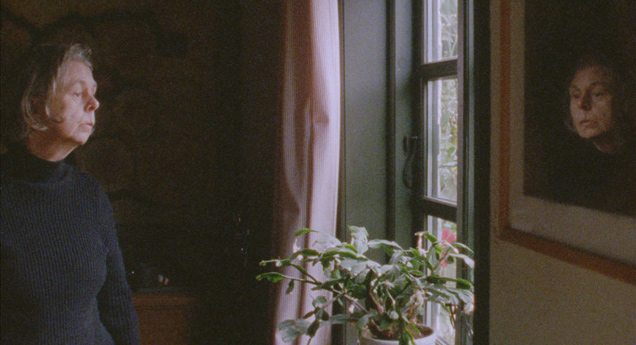
It sounds like you really appreciated this ability to have a lot of creative control to do what you really wanted to do. You’ve taken the plunge and the risks involved with that. Did that compare or contrast with how you made ‘The Weight of Elephants’?
Yeah, it was certainly a response. I think it was also a response to making from New Zealand as opposed to in Scandinavia.
I met a very successful art production company in Denmark and there’s a team of like a little family or little scene of directors. We’re all working in arts cinema, some way between documentary and fiction, and we’re all helping each other out with our projects and we have some other people that we work with a lot who are very eye-to-eye with us – sound designers, cinematographers, editors, all kinds.
Also, a part of it was, not trying to be like the boss, but trying to pull that world back to where it felt right. I think there’s a lot of nerves, a lot of baggage and a lot of money that gets spent on stuff that’s not important and – more importantly – not interesting. And I think cinema should be interesting.
I was seeing New Zealand kind of going down this path trying to make things that are crossovers and have a success, because they’ve had these few successes, which is for sure a pretty important thing to do. But I feel like the focus is so much on that, that they completely turn away from anything interesting or daring or challenging.
That’s a real problem because I think most of those things that cross over and become really special come out of a pool of soup that is made up of interesting and daring and challenging. I think they’ve got it backwards.
Find Out More About ‘Loving Pia’

